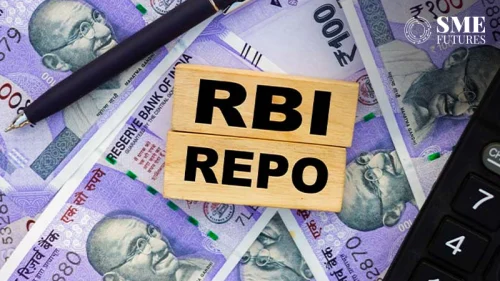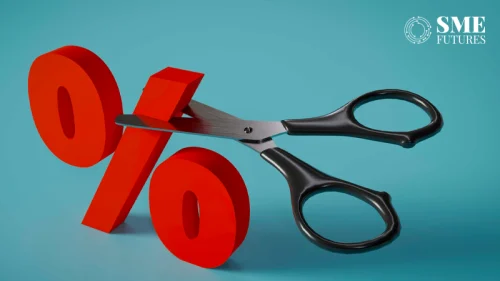With continued economic stress and ambiguity regarding recovery, the current sentiments of real estate stakeholders in India have been recorded at a low 22 in Q2 (April to June), according to 25th Knight Frank-FICCI-NAREDCO real estate sentiment index.
However, the stakeholders have shown moderate improvement in future sentiments for the next six months. The survey indicated that future sentiment score of stakeholders, though still in the pessimistic scoring zone, has seen improvement at 41 in Q2 against the score of 36 in Q1.
This is attributed to an expected improvement in macroeconomic indicators and adaptation to new business models shaping recovery in the next six months. This survey was conducted in the first two weeks of July.
It covers key supply-side stakeholders which include developers, private equity funds, banks and non-banking financial companies (NBFCs). A score of 50 represents a neutral view or status quo, a score above 50 demonstrates a positive sentiment and a score below 50 indicates negative sentiment.
Shishir Baijal, Chairman and Managing Director of Knight Frank India, said that with some macroeconomic indicators showing marginal improvement and with the impending festive season in the second half of the year, stakeholders have shown improved sentiments compared to the previous quarter, albeit they have remained in the pessimistic zone.
“At this juncture, we expect the lockdown to ease by the advent of the festive season, helping to revive economic activity and propel conversion of the pent-up demand.”
Baijal said there is a need for further demand-boosting measures to improve sentiments in the economy. For the real estate sector, there is a need for additional tax benefits for buying/renting a house, added incentives for affordable housing, easing of credit availability for the sector and a one-time restructuring of developer loans to help the sector recover from the crisis.
During the survey, half of the stakeholders opined that the situation for new launches will either improve or remain the same in the next six months.
Around 46 per cent of respondents believed that the new office supply will continue to deteriorate in the next six months while the remaining still believed that new supply will either improve or remain stagnant.











